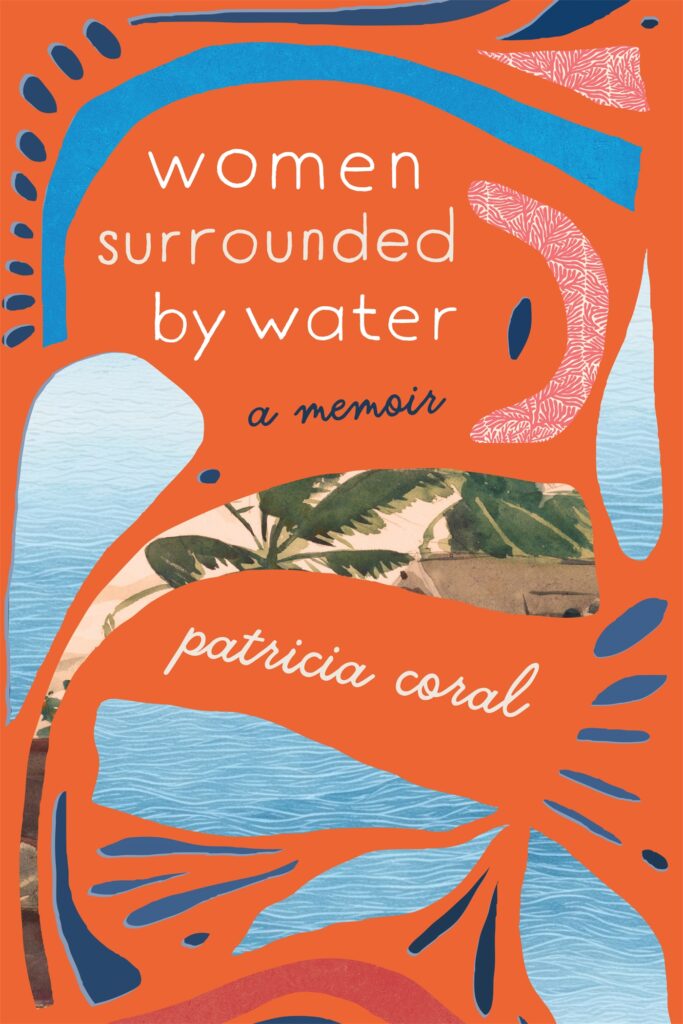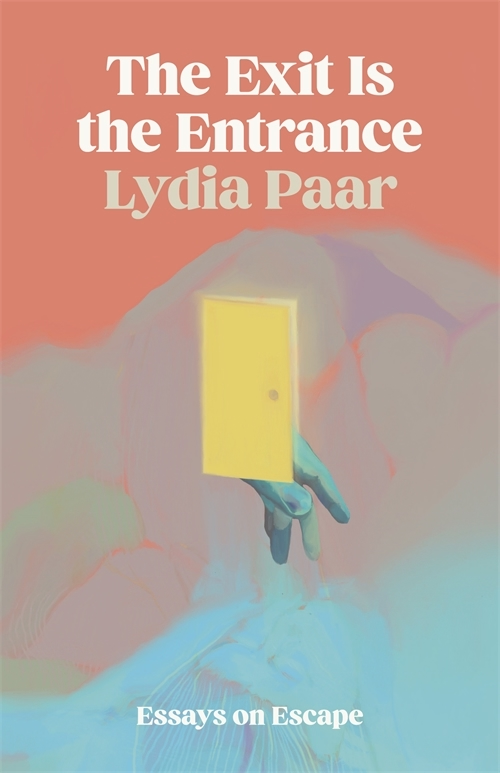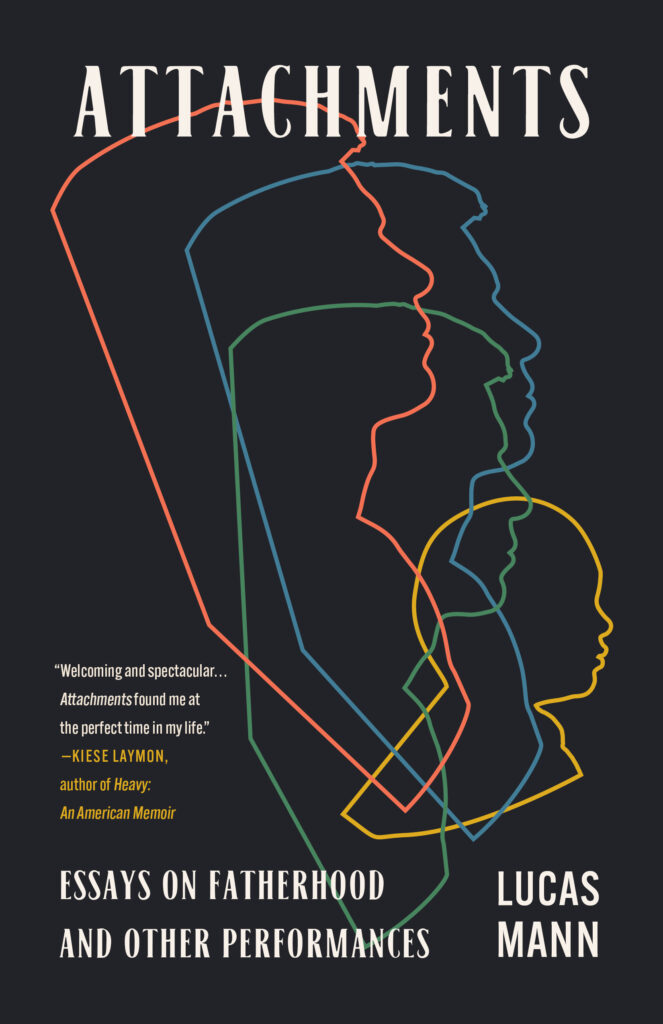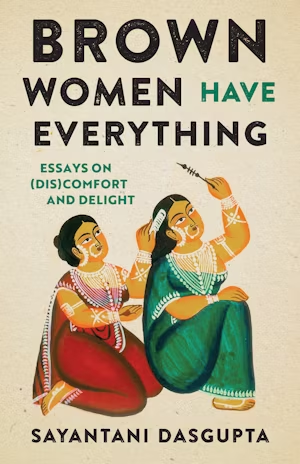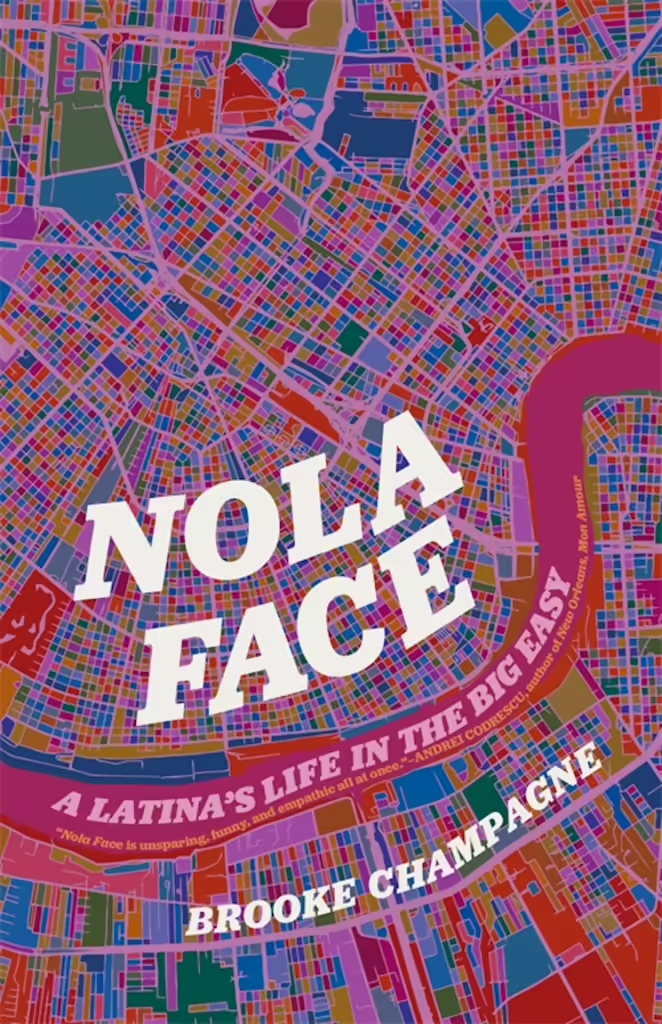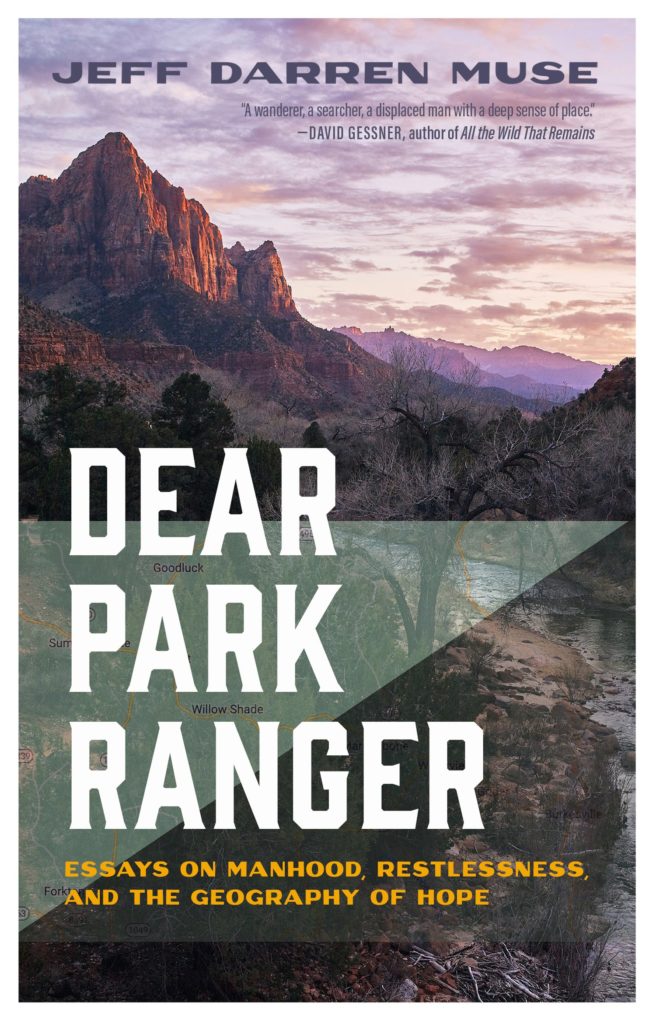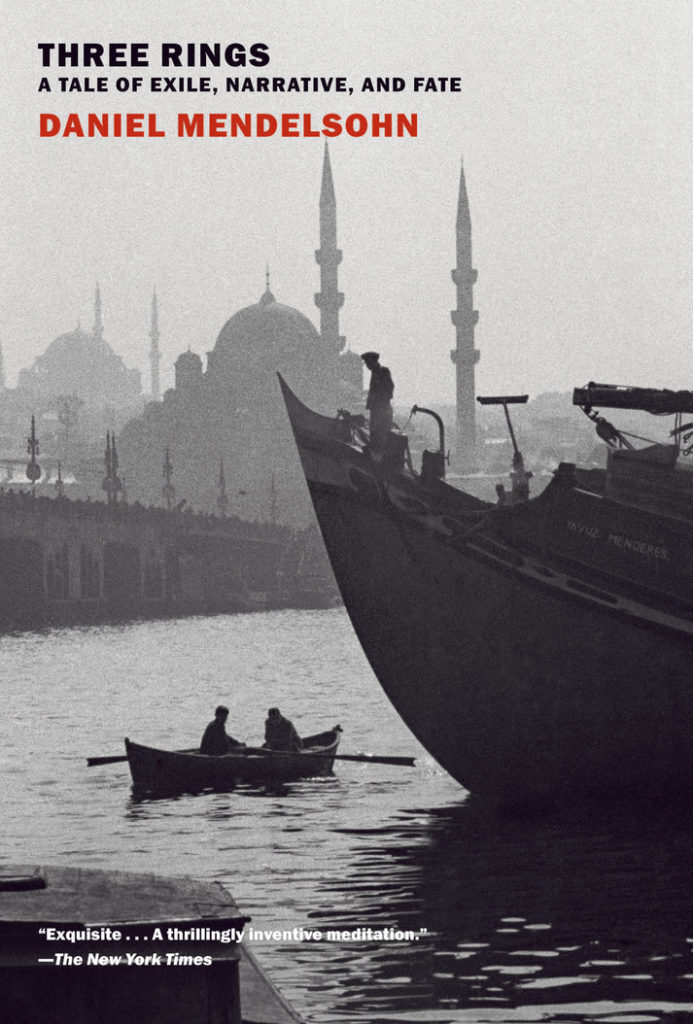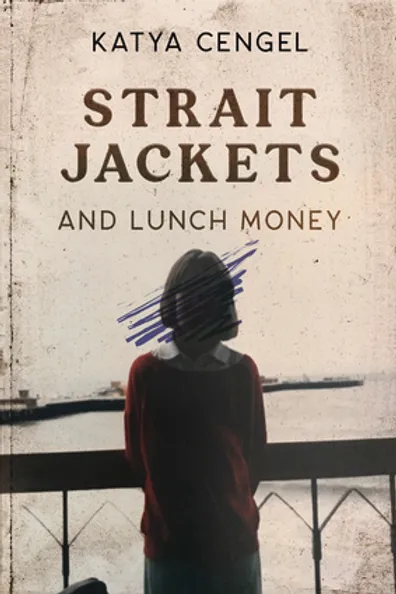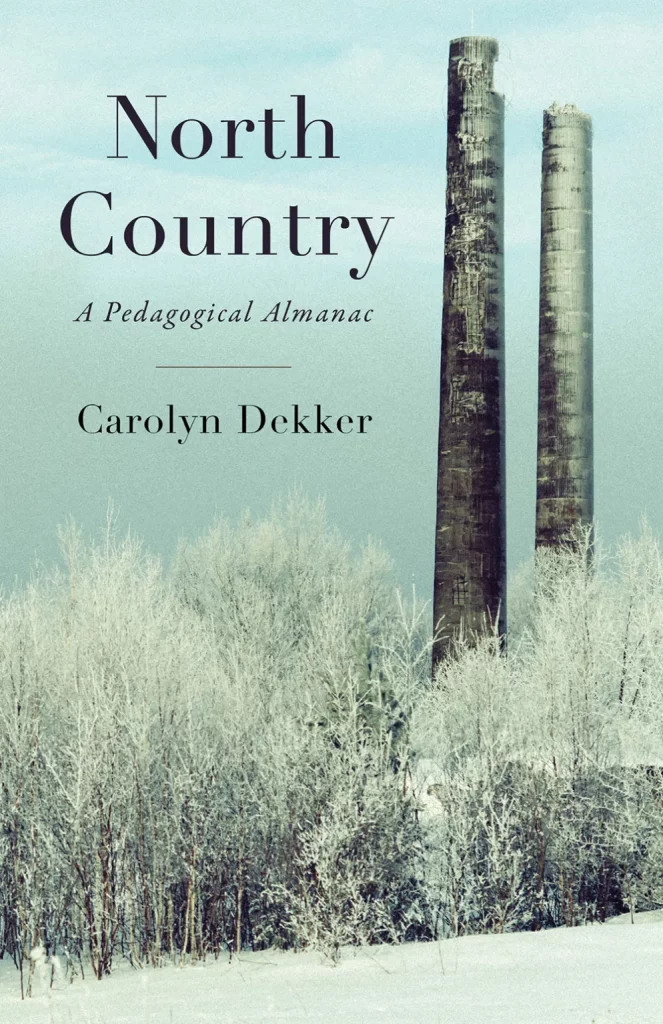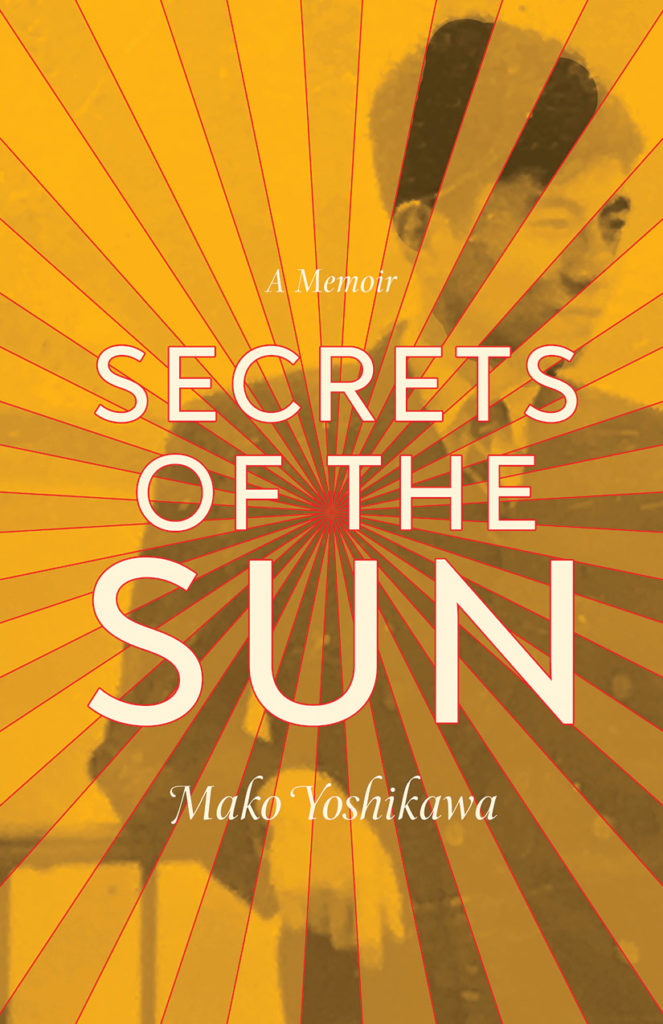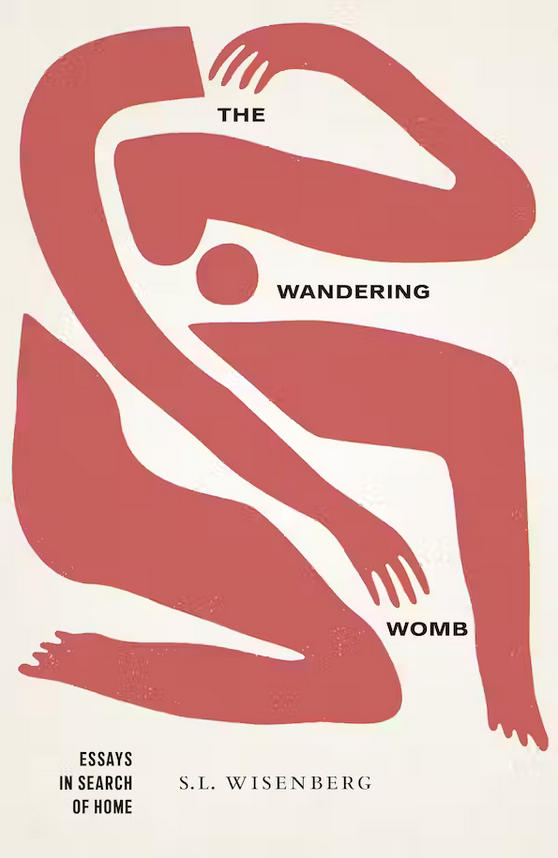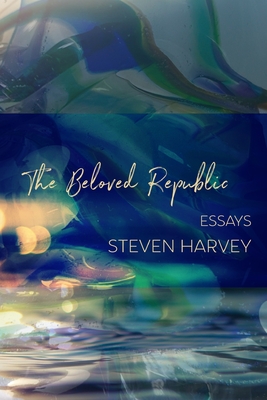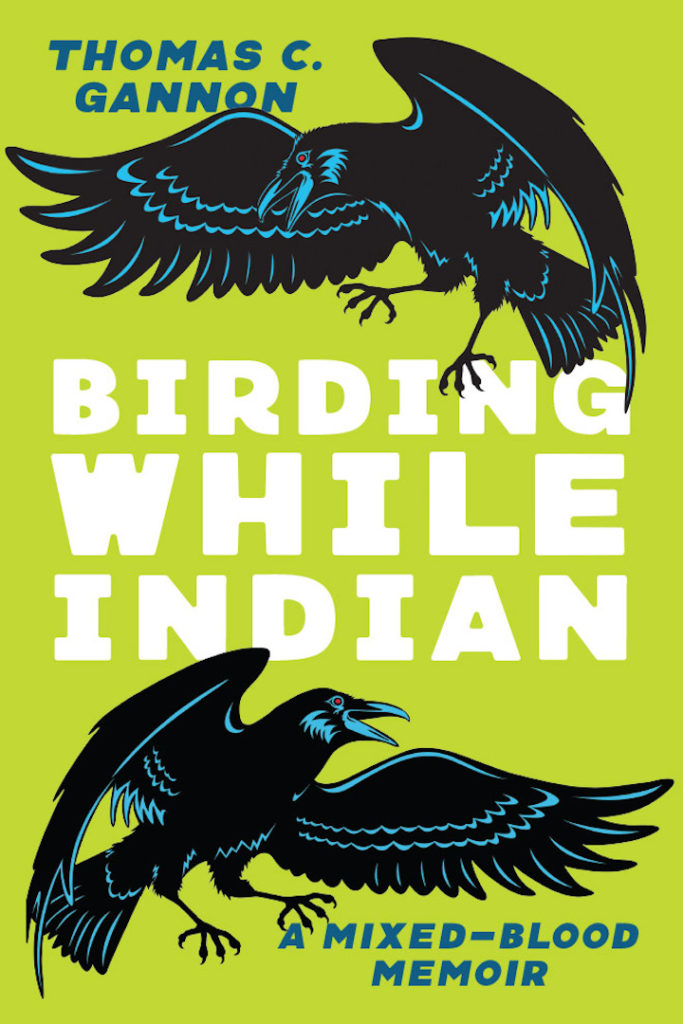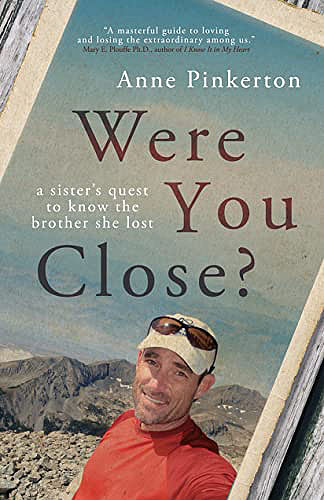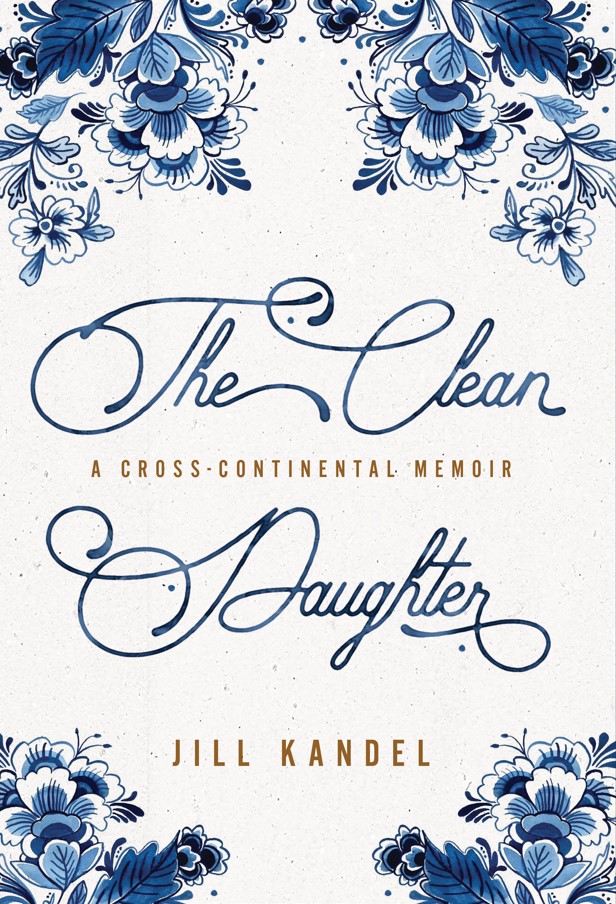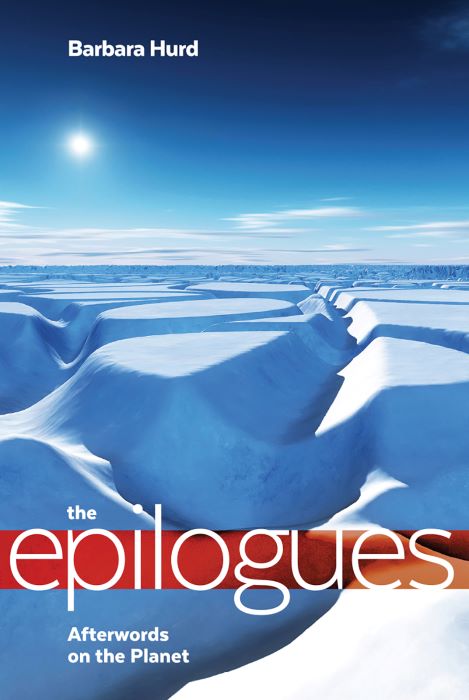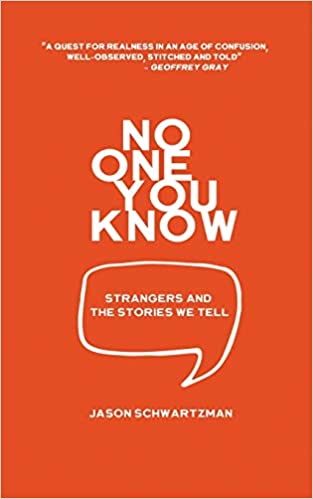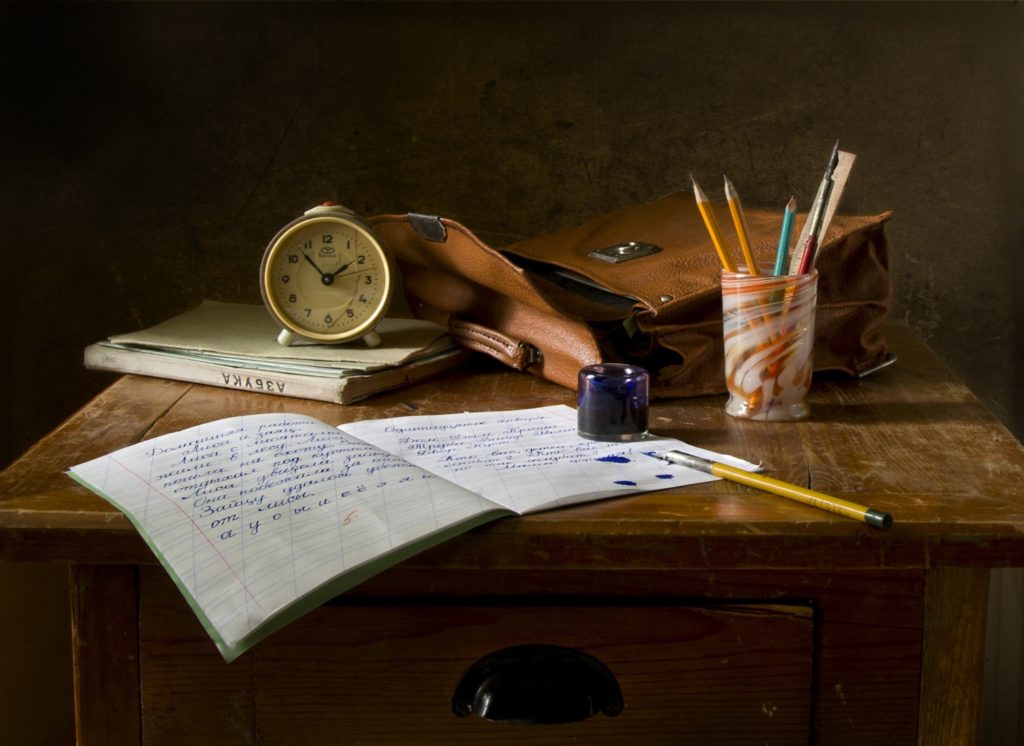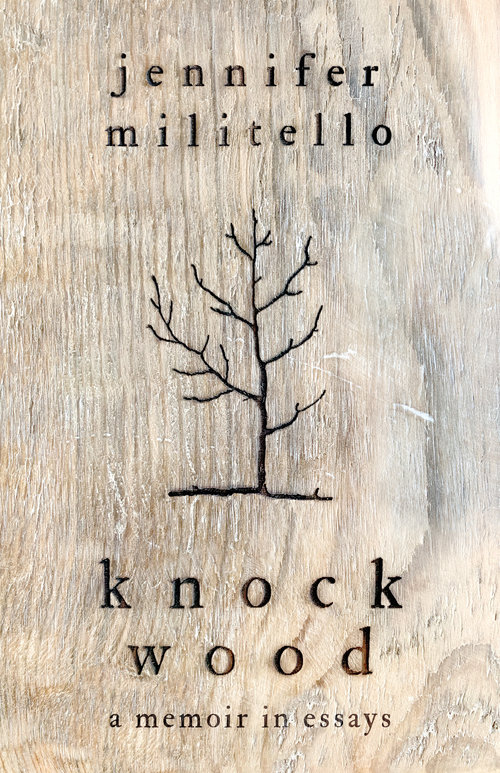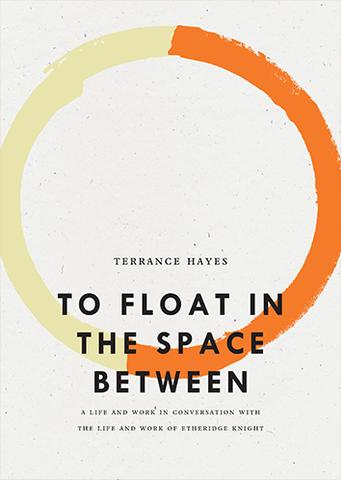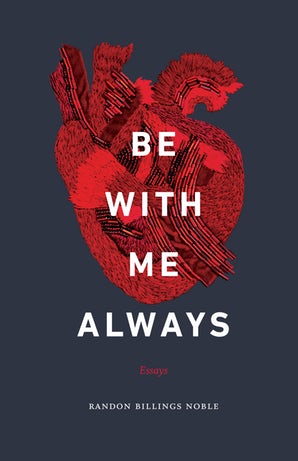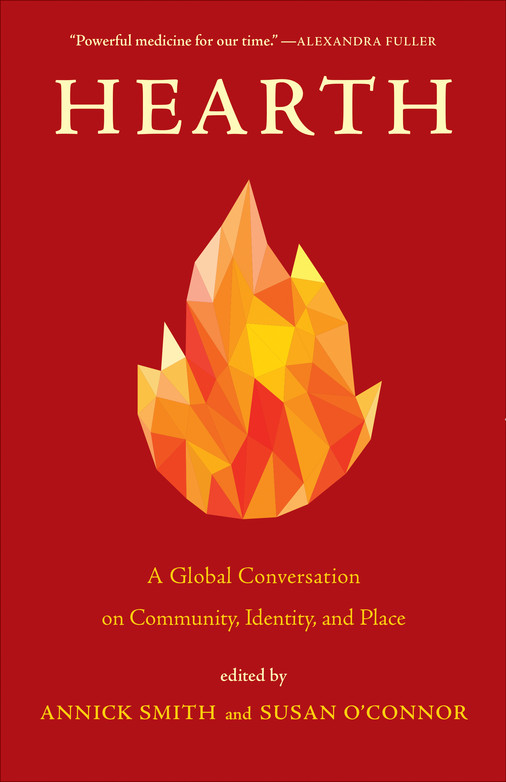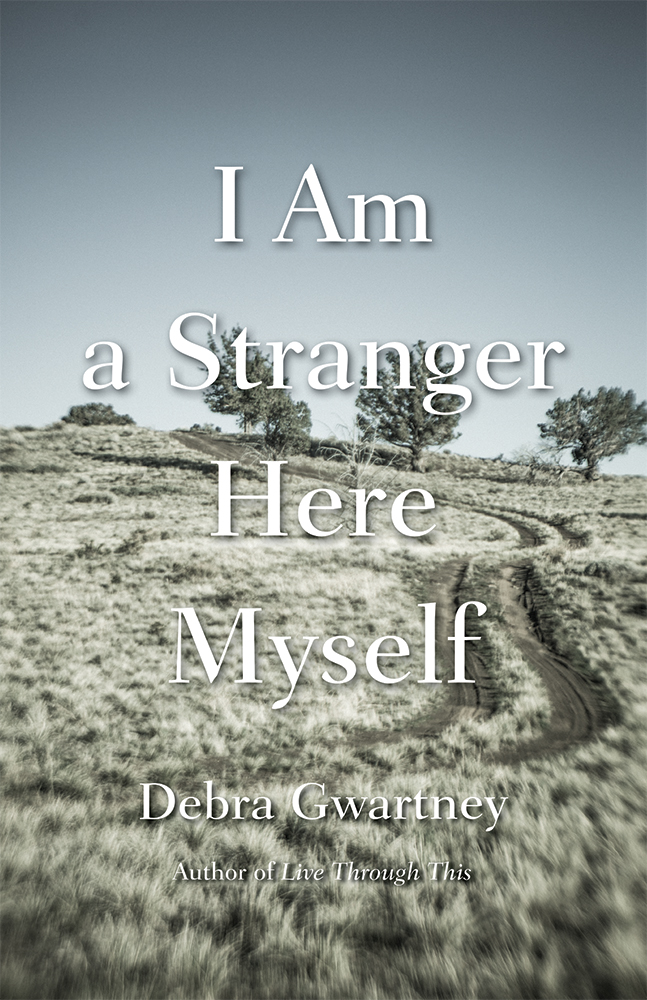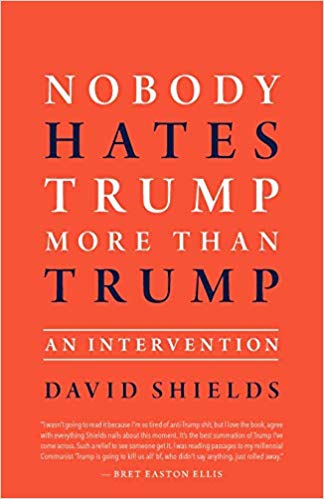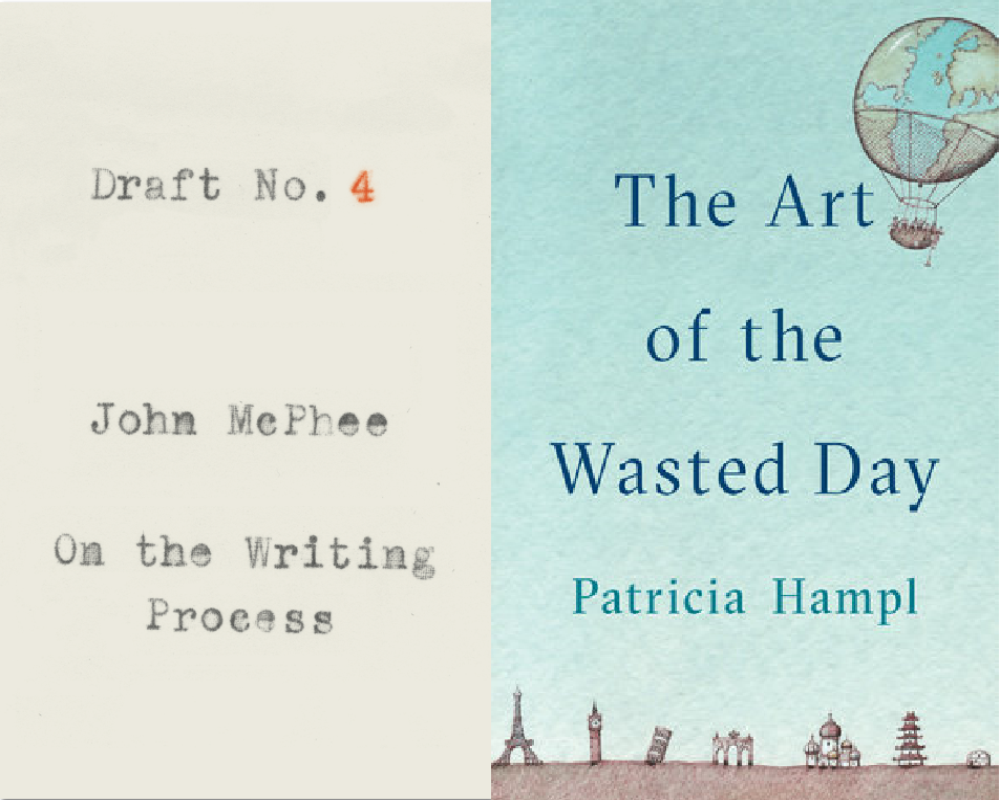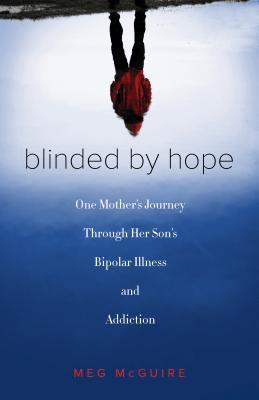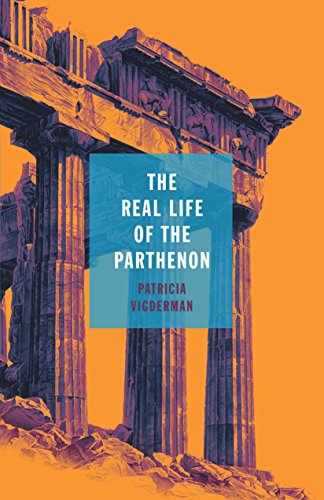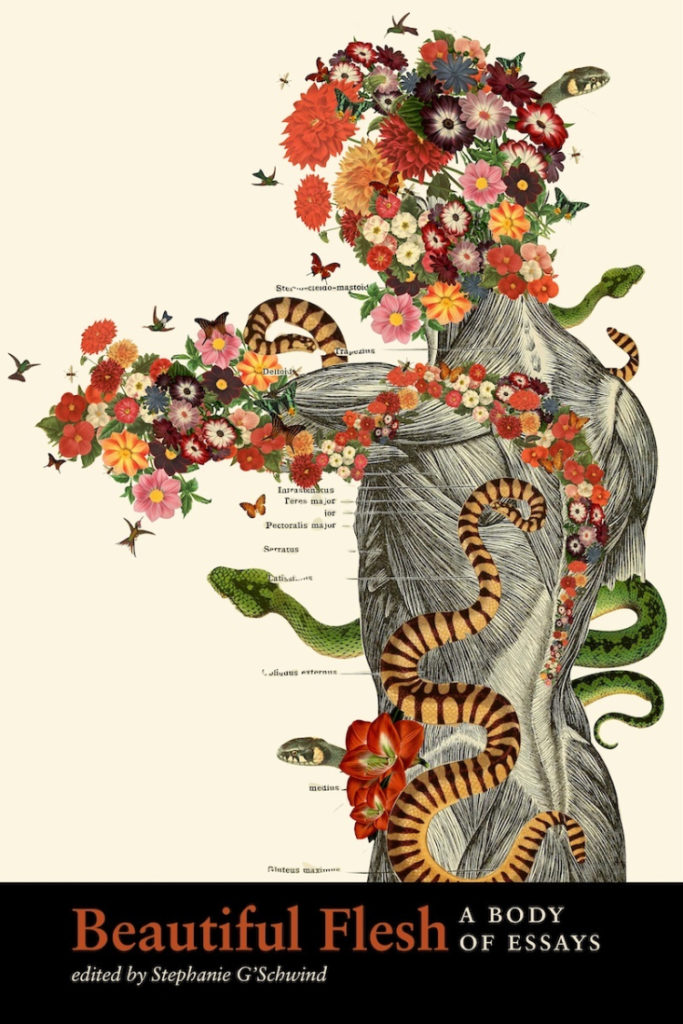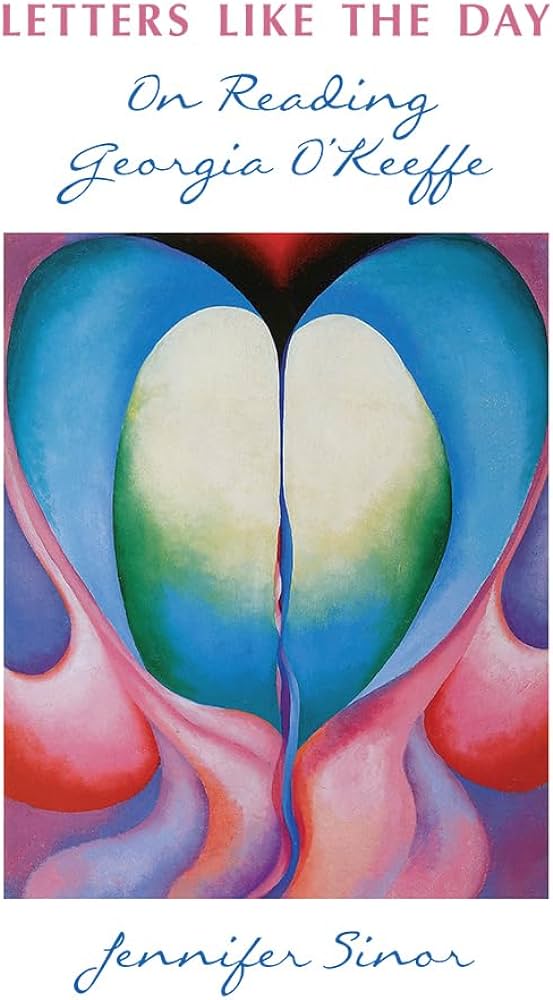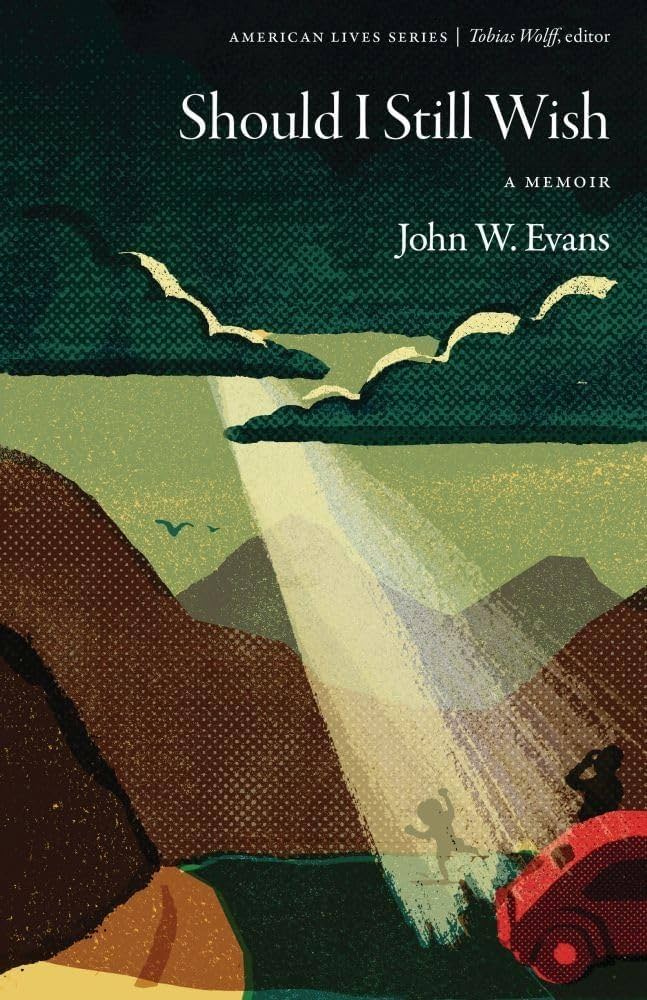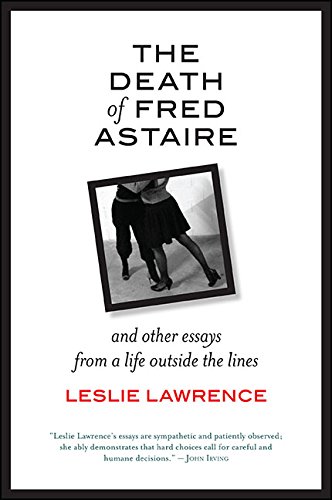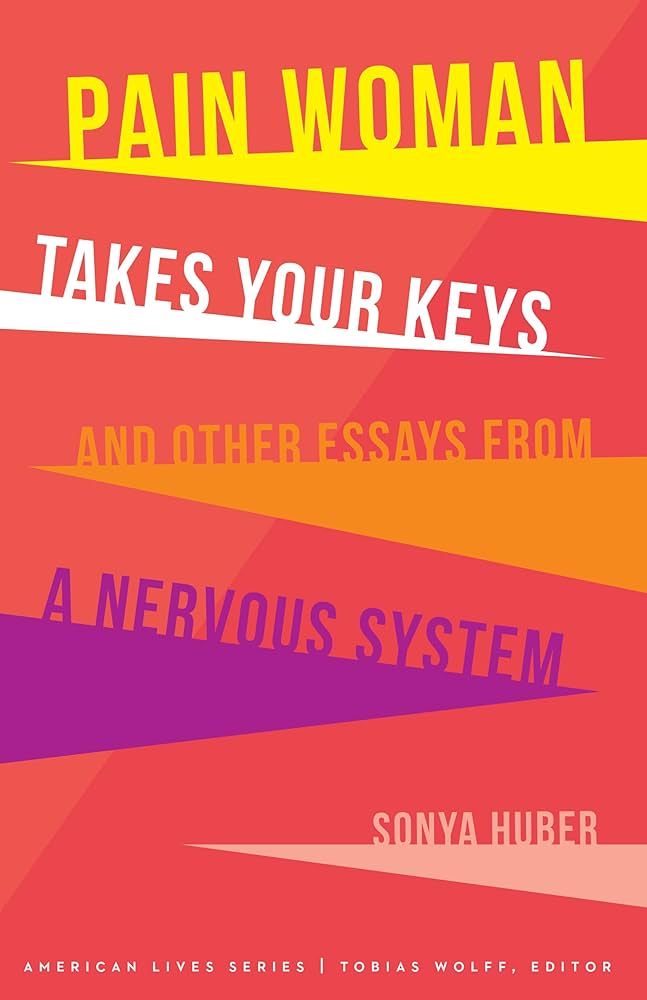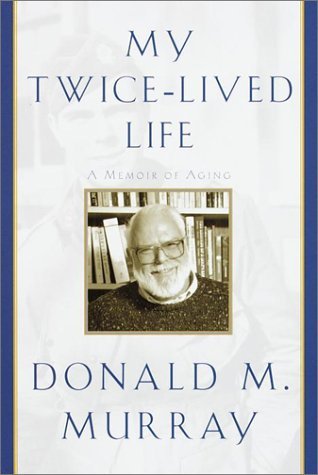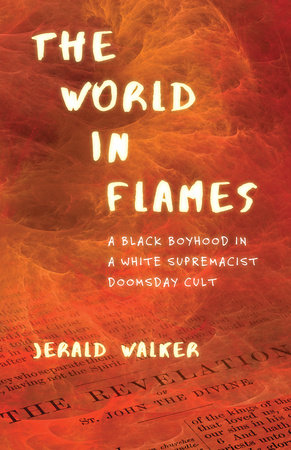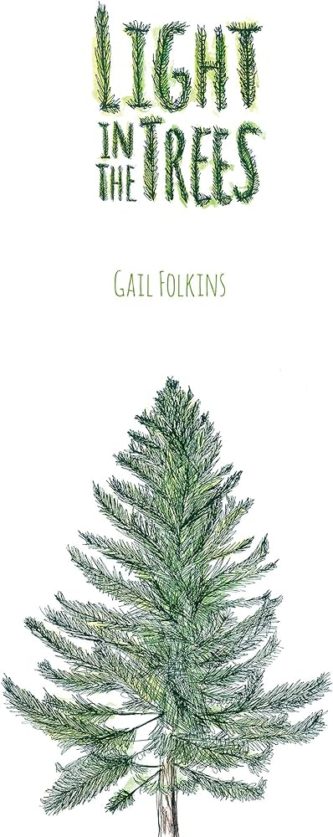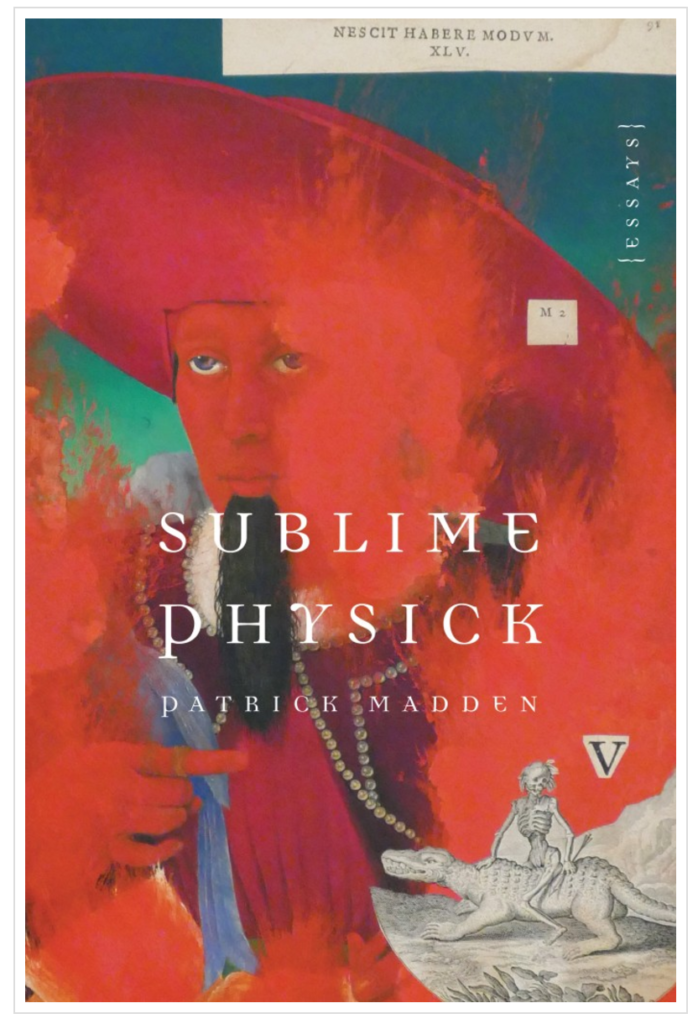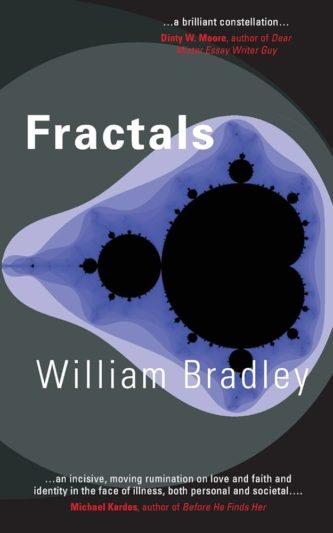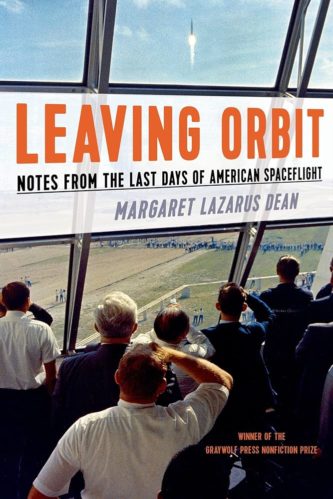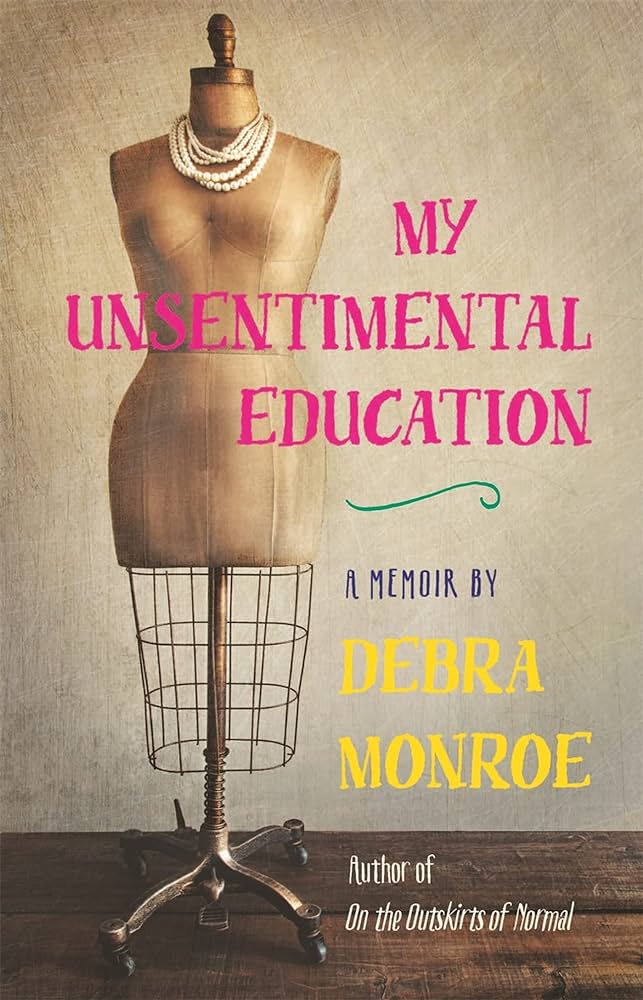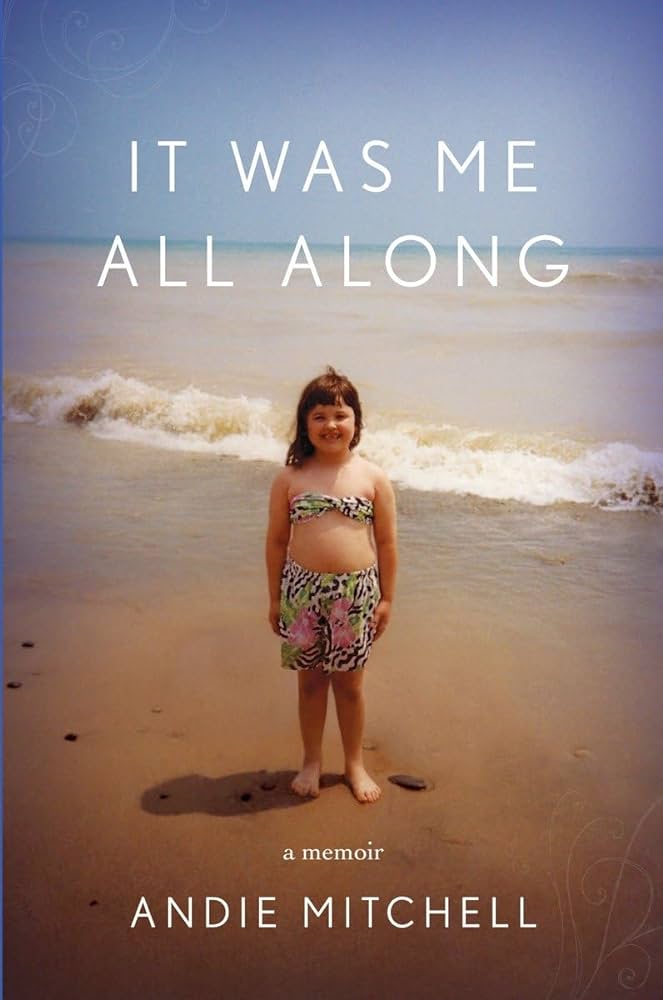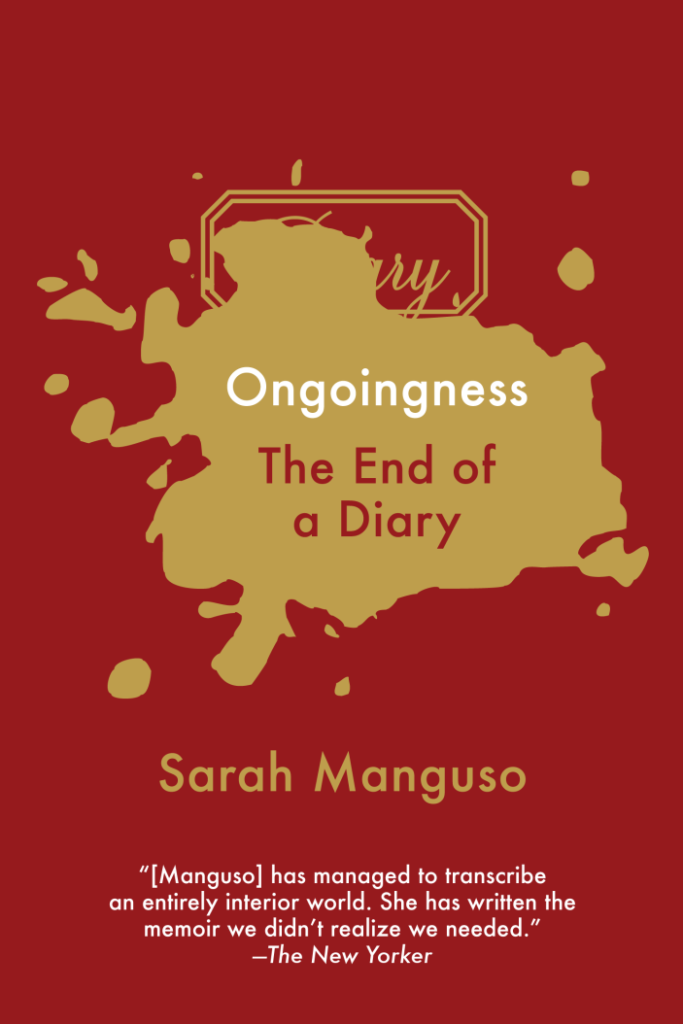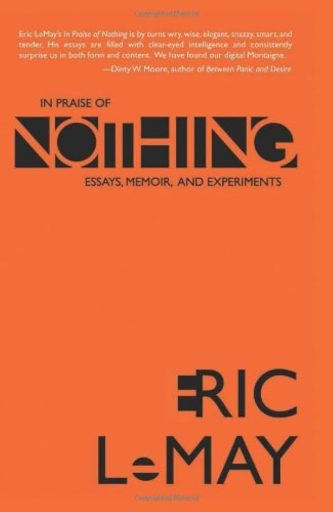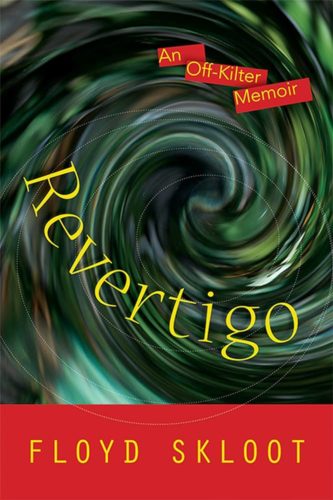By David MacWilliams
Hemingway on a Bike by Eric Freeze
In his brief essay, “Dead Weight,” Eric Freeze describes a walk he takes with his dog, Zeke, a walk that ends horribly. He sees a police cruiser descending a hill, his Dalmatian blundering into its path, and there’s nothing he can do but shout and witness the inevitable.
This scene reveals a tension that runs through many of the fifteen essays in his first collection of essays, Hemingway on a Bike: the threat of lurking disaster in the most peaceful of moments versus the potential in such moments for sudden and wonderful insight. In another brief essay entitled “The Barracuda” Freeze describes his attempt to rescue a needlefish on a beach on the island of St. Joseph. The needlefish beaches itself repeatedly to escape a barracuda lurking just off the shore. “Its fear,” Freeze writes, “was strong enough to make it behave irrationally.” Freeze narrates how he keeps nudging it back into the water to give it a chance at survival, a rational enough decision. Despite his goodwill, however, he ends up feeding the barracuda.
In “Bolt,” he ruminates upon the polysemy of the four-letter word: a piece of hardware, a famous runner, a verb meaning to suddenly escape. At the conclusion of the essay, his toddler bolts across a parking lot as he’s packing painting supplies in his car; she’s playing a game, racing her father as they do at home. But this is a parking lot. Though he quickly recognizes she’s safe, he imagines the disaster that could have happened. Then, his imagination offers another alternative, an insight that subverts his fear—though not completely.
A lane opens between a dusky Suburban and a low-slung Caprice. And then, beyond, pebbled pavement extends as far as she can see. It’s a great asphalt expanse, flat and rectilinear as a landing strip. On your marks, get set, go, and she is gone, running with a tailwind, her arms flapping at her sides in sync with her legs. She doesn’t hear her father’s footfalls, doesn’t hear the honks of vehicles or the calls and curses. No, instead, she bolts. She flies, sprints, darts, takes off, hurtles, escapes, flees. Bolts as though the world were without obstacles, as though an open lane will always present itself.
This shift among possibilities here and in the other essays makes this a lovely collection. Like a ship that’s beating into the wind, Freeze’s essays, most of which are segmented, zig-zag from topic to topic. The odd title of the collection (and of the first essay), which Freeze notes in his introduction, derives from a mistake a former writing mentor of his makes in recounting an anecdote. The upshot is that the anecdote touches upon themes shared among Freeze’s essays.
These include language, memory, masculinity, one’s search for and creation of identity, odd sports, an interest in Hemingway, bicycling, his love of France, some of the characters he meets while on his Mormon mission there, and environmentalism.
In several essays he addresses many of these topics in turn. In “Carnecopia,” for example, Freeze begins with an image he remembers of his father-in-law slaughtering a northern pike, then shifts to his paternal history of fishing—his dad hated it, his grandfather loved it—then to his own past of fishing, snorkeling, and the environmental damage snorkeling can cause. Before the essay is done, we’ve entered aquariums in San Diego and Monaco, we’ve seen an art exhibit by Damien Hirst, and we end up with the narrator imagining himself as he must appear to the fish, snorkeling in an inlet while fishing: a dangerous interloper. Though these quirky moves may seem disconnected in this summary, Freeze handles them deftly and logically, as he does throughout the collection.
Freeze’s descriptive power is one of the most rewarding aspects of his book. In this passage from “Trompe l’Oeil,” the narrator imagines Matisse opening the shutters of his hotel room overlooking the beach in Nice. The artist wants to leave the city; his bags are packed. He’s miserable after a month of wintry, rainy weather. But suddenly upon opening the shutters he discovers what the weather had been concealing since his arrival:
It was the light.
Overnight, the mistral had blown away the clouds and the tempestuous sea had churned the water a milky blue. From his hotel room, the sun lit the opaque depths so that the blue almost fluoresced. Everywhere the light formed shapes. Shutters raked the light in pastel green, yellow, and orange. Here a textured wall was a minefield of light and shadow. Green palm fronds scissored through the air. Already the fauvist’s mind was carving his world into strips of color, rearranging them for maximum effect. My God. There was no way he could leave this place now.
As he does in the title essay, Freeze imaginatively enters into the experience of another artist, sharing albeit briefly an aspect of the other’s experience as artist, traveler, and observer. His exploration of multiple identities, this ability to slip into and out of the worlds of his subjects, comprises another rewarding attribute of this writer.
Not all of the essays range so widely. “Freebirth” centers on the author and his wife’s decision to give birth to their first born at home; “Supergirl” examines gendered stereotypes; “Iceman” is about the author’s search for a former pro-wrestler who shares his name. Whether Freeze’s essays travel an apparently straight path or tend to wander, they are primarily narrative in structure. As a whole, they are touching and frequently humorous, rich in detail and accessible.
While reading this collection, I had the sense that I was in the company of an honest, thoughtful, and sympathetic conversationalist, a writer who loves language, family, place, and irony.
University of Nebraska Press
$19.95 Paperback and eBook | Buy Here!
David MacWilliams is department chair of English, Theatre, and Communication at Adams State University in Colorado. A graduate of the Ashland MFA program in creative nonfiction, his essays have appeared in Pilgrimage, Mason’s Road, and The Apple Valley Review.




